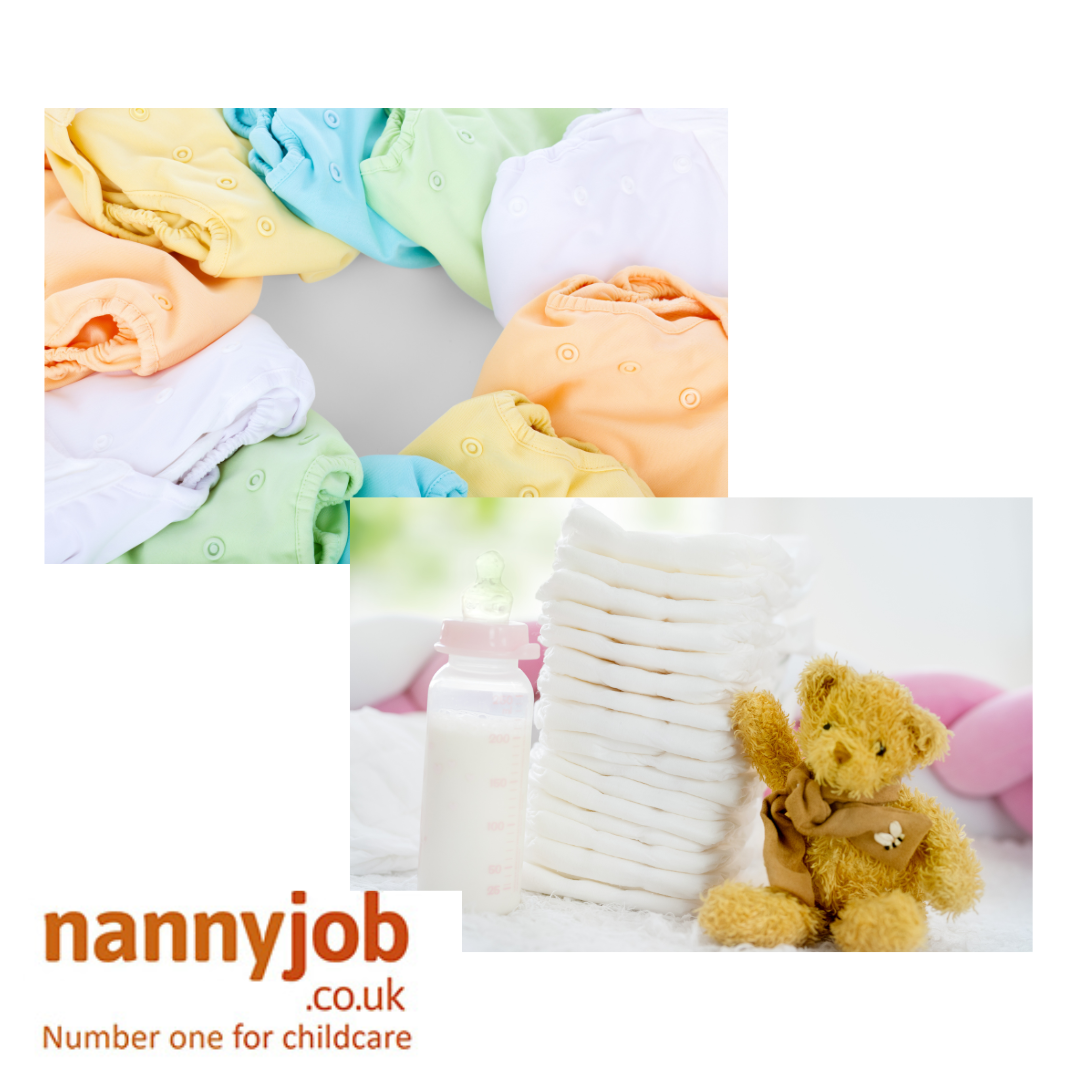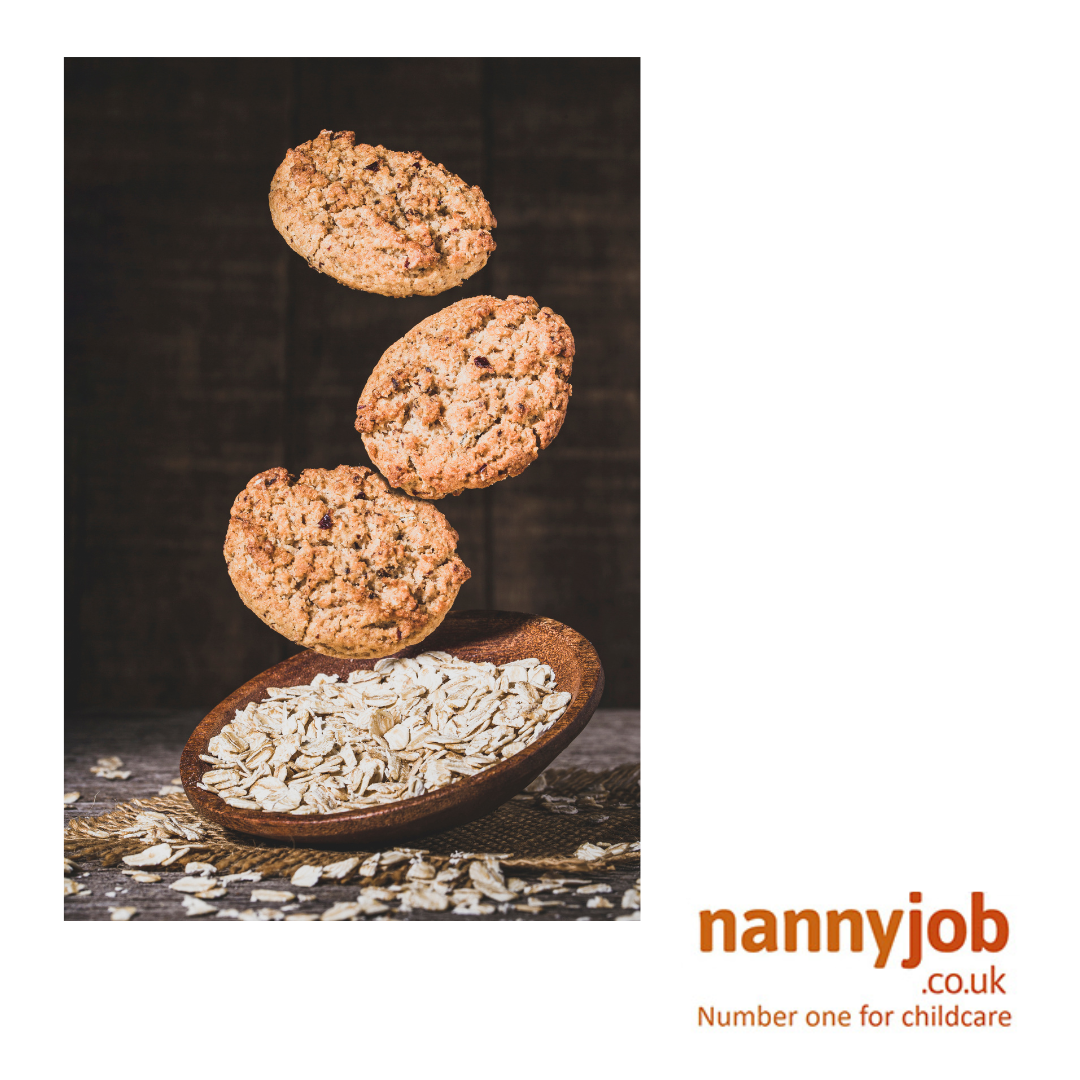Introduction
The debate between reusable and disposable nappies is ongoing, with parents weighing the pros and cons based on their lifestyle, budget, and environmental concerns. In the UK, as more families become environmentally conscious, the conversation becomes increasingly relevant. This post aims to explore the benefits and drawbacks of both types of nappies to help parents make an informed decision.
Reusable Nappies: Pros and Cons
Pros
- Environmental Impact: Reusable nappies significantly reduce landfill waste. Unlike disposables, they can be used multiple times, cutting down on the environmental load.
- Cost-Effective: While the initial investment in reusable nappies is higher, they are more cost-effective in the long run, especially if used for multiple children.
- Less Chemical Exposure: Reusable nappies typically have fewer chemicals compared to disposables, which is gentler on a baby’s skin.
Cons
- Convenience: Reusable nappies require washing, which can be time-consuming and inconvenient for busy parents.
- Energy and Water Usage: The environmental benefit can be offset by the energy and water used to launder them.
- Bulkier Design: They can be bulkier than disposable nappies, which might affect how clothes fit on a baby.
Disposable Nappies: Pros and Cons
Pros
- Convenience: Disposable nappies are incredibly convenient, especially for on-the-go changes.
- Availability: They are widely available and can be disposed of easily, making them a practical choice for many families.
- Hygiene: Disposables are hygienic and require no laundering, reducing the workload for parents.
Cons
- Environmental Impact: Disposable nappies contribute significantly to landfill waste and are not biodegradable.
- Cost: Although convenient, the cost of disposables can add up, especially over the first few years of a child’s life.
- Chemical Exposure: Some disposables may contain chemicals that could irritate sensitive skin.
Making the Right Choice
The decision between reusable and disposable nappies depends on various factors including lifestyle, environmental consciousness, and budget. Many families find a hybrid approach—using cloth nappies at home and disposables when out and about—works well, balancing convenience and sustainability.
Conclusion
Whether you choose reusable or disposable nappies, the choice is deeply personal and depends on what works best for your family and your environmental priorities. Each option has its merits and limitations, and understanding these can help you make a choice that aligns with your values and lifestyle.












